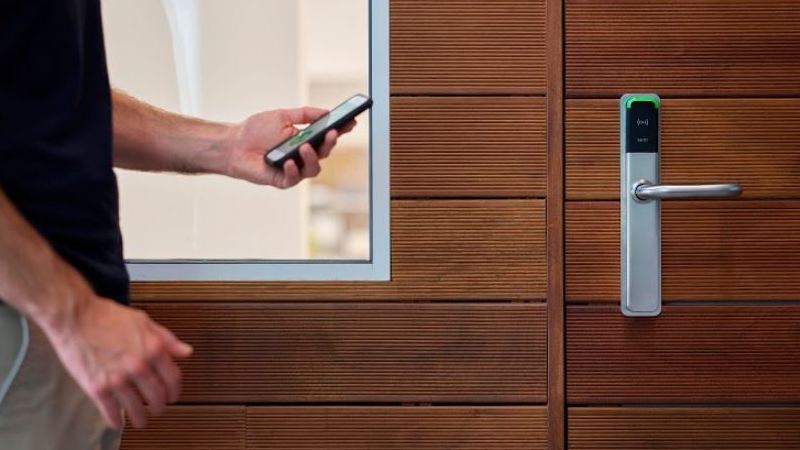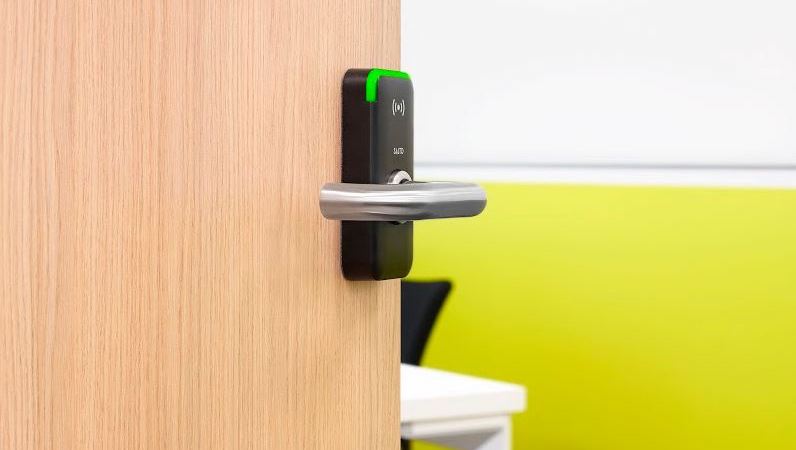Proptech Key to Co-Living Asset Success
Co-living property development is moving rapidly from the world of the early adopters into the here and now mainstream.
Developers and operators are coming to understand the demand for co-living and the benefits it offers, with this new model of urban living meeting a real demand for city living alternatives, fuelled by the lack of housing affordability, credit conditions for first home buyers, and changing lifestyles.
There is also increasing recognition of the intersection between co-living and proptech, because a truly successful co-living venture is simply not feasible without embracing technology.
Proptech is an essential part of the planning and design of a co-living space, with an integrated technology platform at the heart of being able to combine the two key success factors of co-living—a positive resident experience and a viable operator business model.
Co-living presents a number of challenges for operators, but the right technology can deliver the experience that makes co-living attractive to residents, and helps operators manage efficiently at scale.
A prime example of this type of technology is a wire-free, cloud-based electronic access control platform, such as SALTO Key as a Service (KS), which combines a web app for the operator and a mobile app for the community.
This platform provides perfect access control experiences while being seamlessly interconnected with a host of other management systems to offer the residents all the autonomy and services they demand of their new home.
The one vs the many
Co-living is founded on the premise of community. It’s not just a bunch of strangers sharing a house, but the bringing together of like-minded individuals into a harmonious “extended family”.
The challenge for operators is providing an environment that encourages community to flourish, whilst protecting the safety and security of individuals.
Technology can help operators to deliver a balance between personal safety, personal freedoms and community harmony.
Create tailored, precise access
Smart access systems can, of course, ensure that each resident and only that resident has access to their room. Personalised access, using their smartphone as a “key”, makes getting in quick and easy.
It can also mean access to the bike storage area if they are registered as having a bike, and unlocking their own bike rack.
It means all residents—but only residents—are able to access shared facilities, such as laundry areas.
It may mean access to an individual fridge or one shared with a small number of co-residents.
If there are facilities, such as a gym, that are only available during certain hours, smart access technology allows or prohibits access based on the time of day.
If one of your spaces has, say, a pool that is open to residents of multiple sites, you can give access to just the pool for those who don’t actually live in the building.

Keep the community safe
Keys get lost, keys get copied, keys are sometimes “lent out” to a friend—all of which potentially compromises community safety by allowing non-members of the community to access the co-living space.
When the resident’s “key” is their smartphone, losing, lending and copying are no longer issues—and the community has the peace of mind of knowing who’s in their home.
Understand movement and access patterns
If there are attempted breaches of security, a smart access system will alert the operator or community manager, who can investigate and resolve any issues, keeping individuals safe, and the community friction-free.
Keeping it human
Technology and automation are actually great ways to deliver more of the human touch that residents in a co-living space expect, firstly, through automated, individual messages:
A new resident has booked to move in, and receives a personal message a few days before arrival, with a reminder of all they need to know for their move.
On the day, as they get closer to the building (or even as they arrive in the country if they are travelling from overseas), they get sent their electronic key, a welcome message and an invitation to meet the manager for a coffee.
They are held up and not able to arrive until late at night - they receive a message reminding them that they have their key and can easily get into the building and their room with zero hassle.
Secondly, by freeing up time—time that can be spent on face-to-face contact: co-living operators understand well the importance of engagement with residents, and building trusted relationships, but in a non-proptech world, they can spend a lot of time checking residents in, or sorting out access issues.
With smart access technology, and access keys sent directly to an app on the resident’s phone, operators have far more time for getting to know residents.
Residents also save time—time they can spend building the connections on which co-living thrives.

Managing in the post-pandemic reality
In a world shaped by Covid-19, we all have a heightened awareness of the dangers of shared surfaces, and of the need to be able to keep track of the people with whom we’ve had contact.
The more touchless activities there are, the safer we will feel (and be). Lift buttons, door handles, key cards—all are now seen as potential sources of infection. Access via an individual—rather than shared—device could become the new normal, and smartphones as keys will play a role in biosecurity.
With smart controlled access, contact tracing, if needed, becomes a far more manageable process.
Resident autonomy
Co-living spaces are homes, and part of feeling “at home” is autonomy: residents want to be able to do things for themselves.
Not only do smart access systems free up time for operators, they give residents that all important sense of being in their own home, with no queuing up at reception for a key, no worries if they arrive late, and no getting locked out because they’ve lost a plastic card.
More than just a room
Co-living is about lifestyle, community and convenience, and operators want to offer residents a whole suite of services that can differentiate their brand.
By integrating a smart access control system with other service management tools, the resident’s mobile phone becomes the centre of all their interactions.
Operators can offer simple, consolidated access to a host of services, including:
Book available shared offices and entertainment spaces
View and pay invoices
Mobile key access
PIN code access
Remote openings
Community events
Communication channel towards and between members
Incident logging
Scalability
Operating profitably means being able to operate at scale, and sharing resources across facilities. A smart access system manages a cluster of multiple sites from a single, central coordination point.
No need to have reception staff at every site, no dashing across town to check people in, or unlock doors: remote management on-the-go from anywhere means scalable management—and scale drives profit.
For co-living developers and operators, proptech—and particularly a smart cloud electronic access control platform—not only enables asset-light business models but is as much a part of the development as the walls and floors.
It’s what facilitates the balance of resident security and safety with community wellbeing. It allows operators to give residents autonomy, across a wide range of services. It helps them manage at scale for profitability.
In short, it’s indispensable to the co-living spaces of today and the future.
Learn more about how SALTO KS—a wire-free, cloud based, electronic access system—is helping co-living providers around the globe to develop smart, safe, community based living.
Cedric Duigou is a specialist in electronic access systems for hospitality and accommodation developments with SALTO Systems.
The Urban Developer is proud to partner with Salto Systems to deliver this article to you. In doing so, we can continue to publish our free daily news, information, insights and opinion to you, our valued readers.















